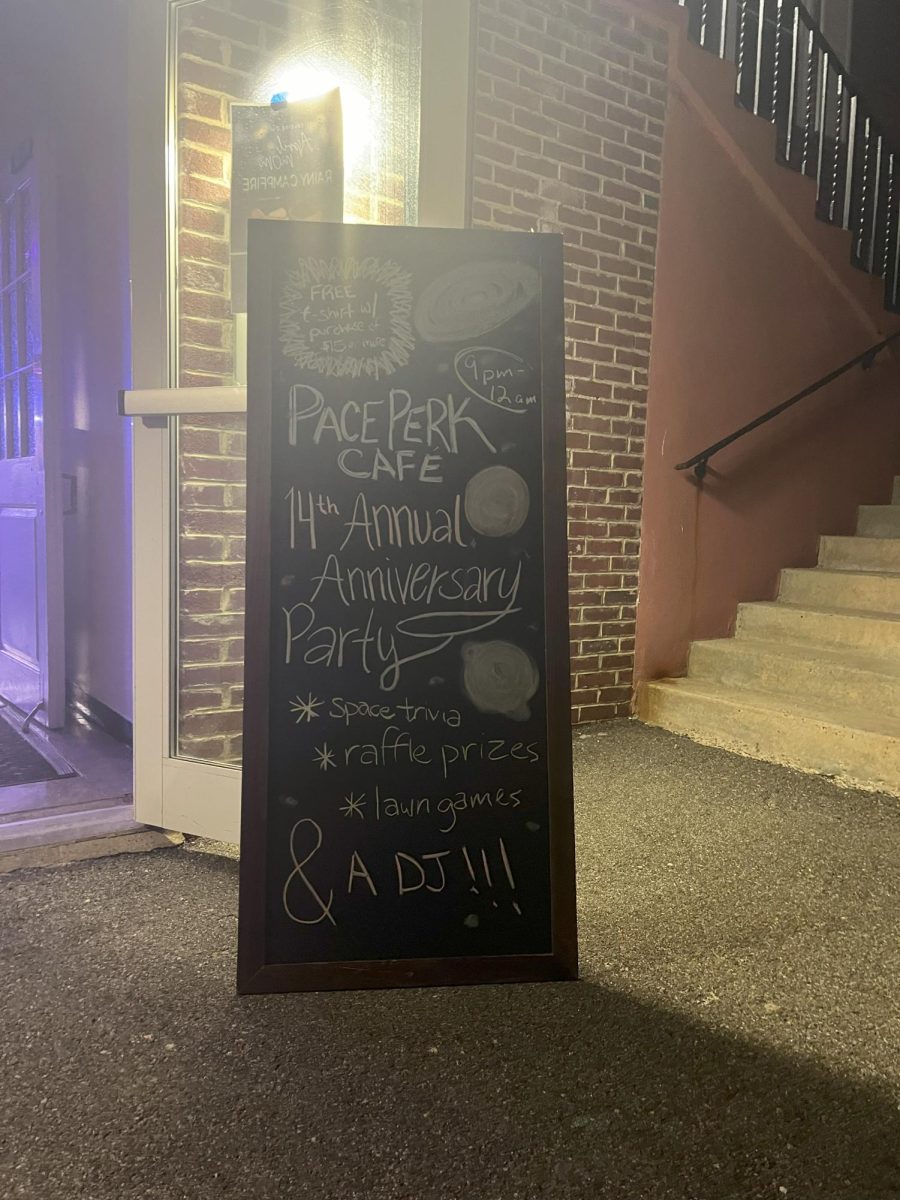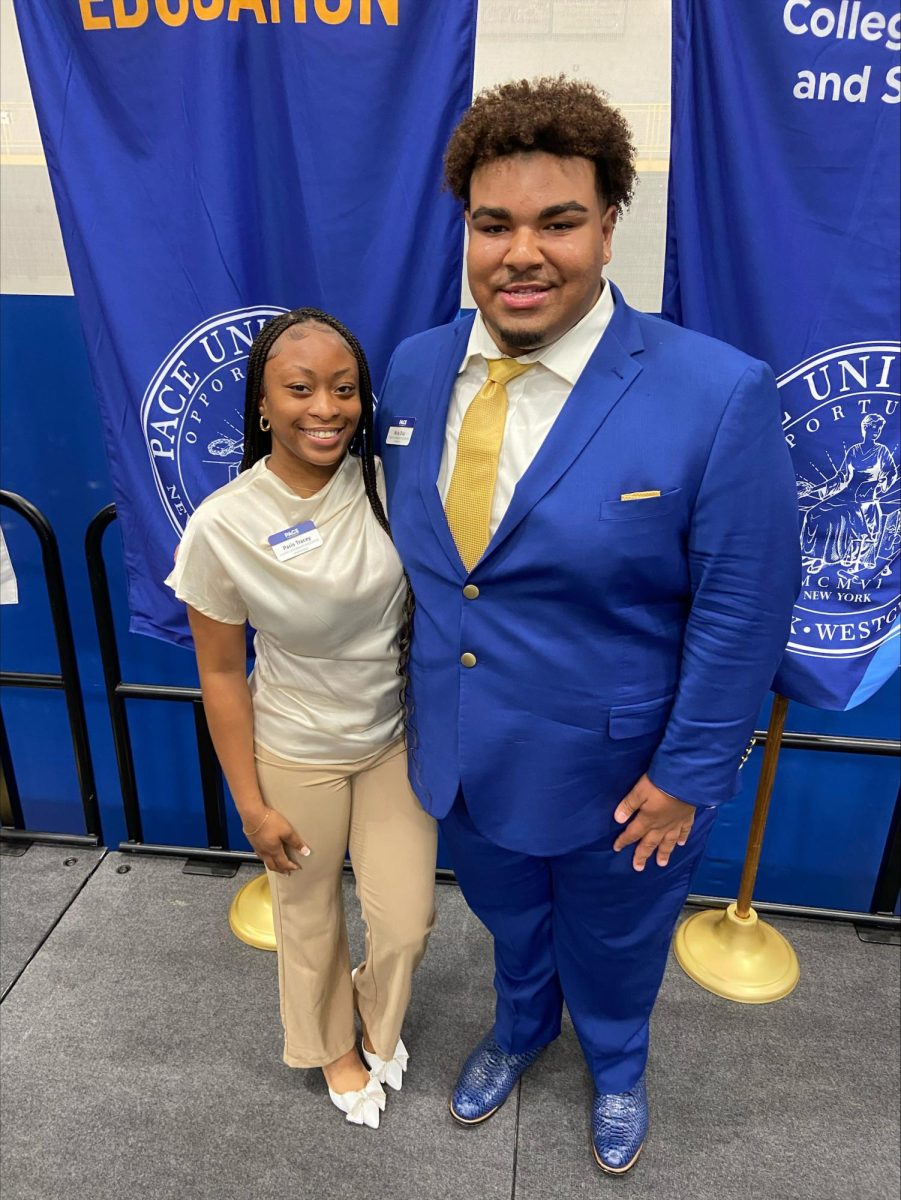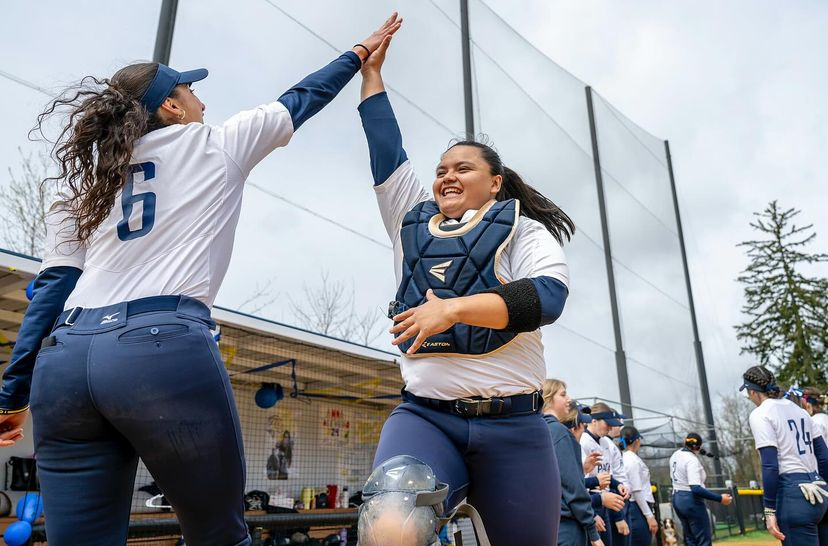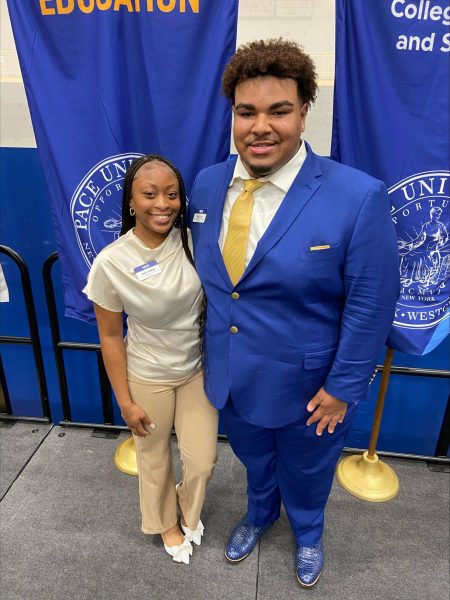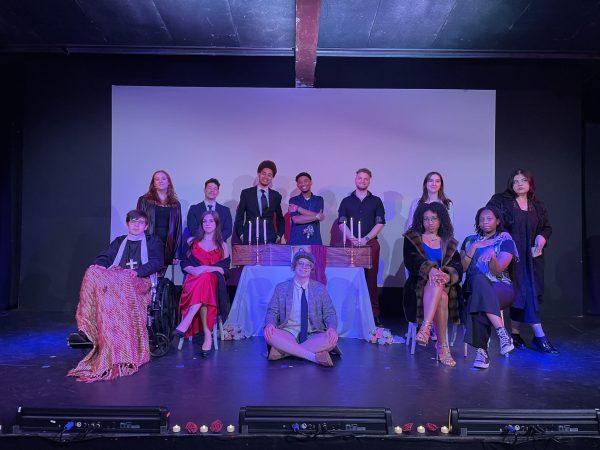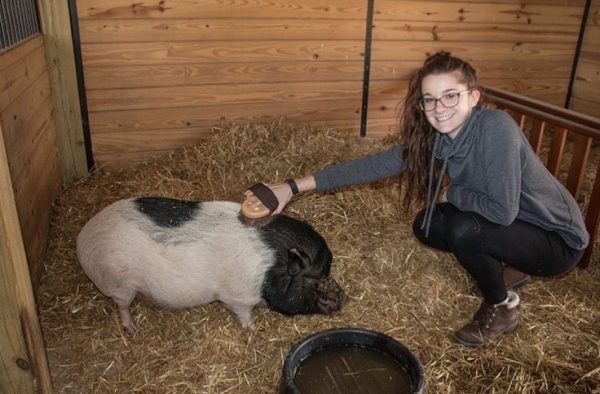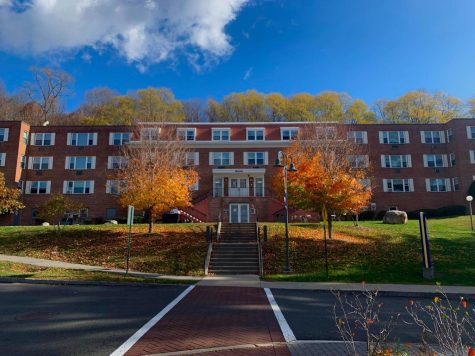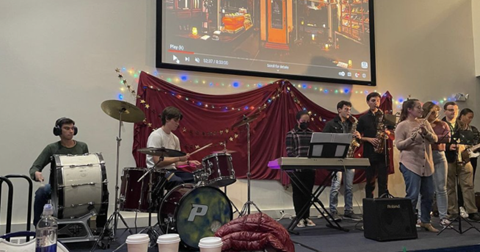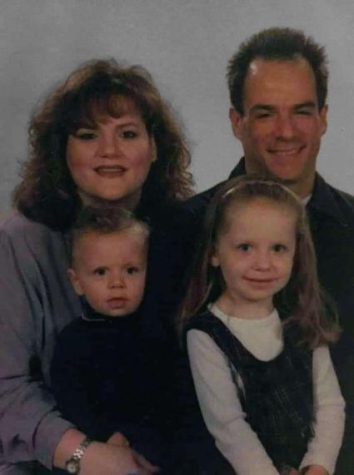Minority Report
Multicultural Organizations Address Diversity on Campus
November 1, 2016
The Organization of Latin American Students (OLAS) held, “Minority Report: Minorities in the Media,” to share with students how each ethnic group, gender and sexuality was portrayed through a variety of platforms such as movies, television and social media.
“We had a [presentation] with examples on how a gender, race, ethnic group, or sexuality were presented. For example, we did a slide based on how races were portrayed in television shows. One that caught the audience’s attention was the That’s So Raven example. Her best friend was presented as a ditzy, vegetarian young lady,” hostess Heaven Bautista said.
OLAS wanted to hear students’ perspectives about different minorities.
“One student said something along the lines of ‘there are some truths behind the portrayals but it’s just the extent of the portrayals that make it a problem,’” Bautista said.
Based on who is asked, Pace University students and faculty view diversity on campus and the idea of it being an “issue” very differently.
A minority is not just the smaller number of a population. A minority group is defined as a subordinate group with less power over their lives than others in a majority group. This lack of power may be due to societal factors like race, gender, or class. Minority groups often face challenges in society like discrimination in the workplace including but not limited to unequal pay and positional rights.
“I think too often the conversation gets stuck on people of color, when it needs to go beyond just the skin color,” Director of the Multicultural Affairs and Diversity Programs Cornell Craig said.
Pace University consists of a student body that is 59% female and 41% male. According to Pace University’s 2015 census, of 3,556 students on the Pleasantville campus, 513 are African-American, 209 are Asian, 544 are Hispanic, 11 are American-Indian/Native/Alaska Native, 96 are multi-racial, 157 are unknown, and 142 are Non-Resident Alien. Of the 3,556, 1,884 are Caucasian. That’s more than 50% of the school’s population.
Craig feels that Pace University is diverse based on student numbers compared to other peer institutions. However, he feels that Pace could improve a lot as far as curriculum, faculty, upper level management/executive positions, racial diversity, and women in management positions.
“Coming out of the Bronx and everything, it really isn’t that diverse… now coming here this school is very diverse and I see a lot of different people from different backgrounds,” Pace University Freshmen Jeremy Santana said.
Students, especially freshmen, have said that the university is very diverse based on their residence hall interactions and their hometowns. Santana said that being from the Bronx, he was constantly surrounded by people of his own ethnicity which prevented him from learning about other races and cultures. He enjoys being at Pace and having the opportunity to live with people of different backgrounds because it’s allowed him to learn from those in his community. Other first-year students also explained that they feel that Pace does a good job integrating and implementing diversity programs.
“I feel that it has changed back from when I was an undergraduate, there was a lot more people of color and nationalities. Everyone was representing themselves and their culture,” Pace University Graduate student Luis Flores said.
Flores feels that people of color at the university today have to go “above and beyond” to make themselves known. He said that the decrease in diversity visibility on campus has affected the minority involvement in student organizations and Greek Life. As a brother of Lambda Upsilon Lambda Fraternity, he is experiencing the consequence of losing diversity by facing the possibility of his organization diminutioning.
Flores also said that the National Panhellenic Council (NPHC) is “dead,” that included the majority of black organizations on campus, which he views as an issue. The National Association of Latino Fraternal Organizations (NALFO) are at a point where student involvement is needed before it is “completely eliminated from campus,” which would result in the loss of one of the main sources of cultural diversity on campus.
Flores believes that one of the factors effecting this issue is that Pace University faculty, staff, and advisors have told athletes not to go Greek because they won’t have time and they would have to choose between athletics or Greek life. He said that having someone tell minority students that they are not capable of doing something should give minorities the initiative to prove that they could handle it.
However, Flores is confident that organizations will benefit from getting the first-year students involved by going to meetings/events and participating on campus because it shows that “the environment’s mentality is changing.” Students will be able to continue to see that organizations like NALFO and NPHC represent a different side of culture and students on campus. He feels that the presence of organizations on campus like Black Student Union (BSU), NALFO, NPHC, and other multicultural organizations are being “drowned out” from the idea that those organizations are only for minorities. He believes that organizations must figure out how to eliminate the stereotypes that if students are not of certain race or culture they can’t be a part of that organization.
“We do want people from different backgrounds, walks of life, sexual preferences, and obviously women and men. We want everyone to be comfortable. We also want to promote that you don’t have to be a minority to come to OLAS,” Organization of Latin American Students Vice President Renee Glover said.
OLAS has also implemented strategies not only focusing on one type of minority, but different minorities including “gender and disabilities” to ensure diversity in attendance. OLAS’ goal is to educate the public on different cultures and what it means to be a minority. They want the public to be aware that not only Hispanics are minorities but that people with disabilities or different sexual preferences can also be considered minorities.
Glover said that without having organizations that aim for diversity like SOCA, BSU and OLAS there would be “less student involvement” and less opportunities to have open dialogue about controversial topics.
If the Pace community continues to see the minority population decreasing and mostly being represented in sports teams but not in areas such as faculty and staff, the outcome could damage the University’s sense of community. Diversity on campus is important for students to feel heard, welcomed, and understood despite their differences.


